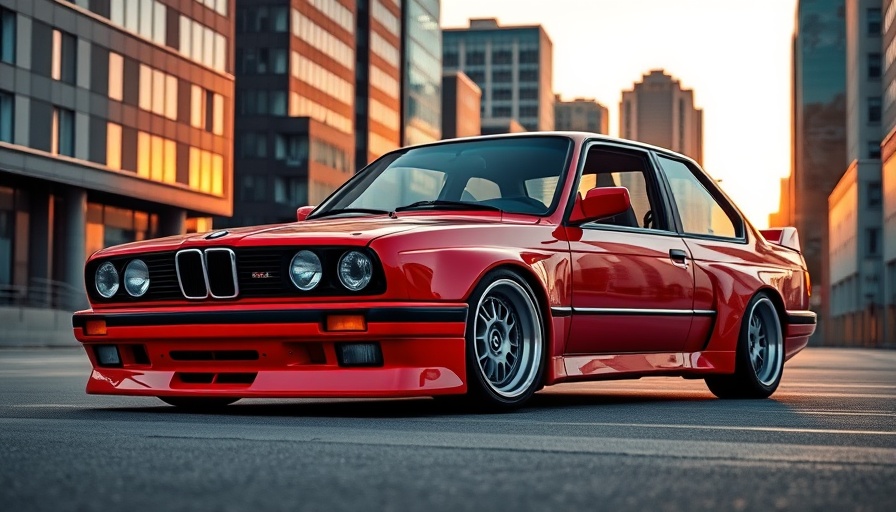
The Legacy of the 'Bullitt' Chase: A Cultural Touchstone
The car chase in *Bullitt*, featuring Steve McQueen’s iconic Ford Mustang and a relentless Dodge Charger, has long been celebrated as one of the greatest in cinematic history. Released in 1968, the film showcased the hilly streets of San Francisco and presented a gritty realism that set a new standard for action sequences. The 10-minute chase scene, a masterful blend of tension, speed, and stunning visuals, remains a pivotal moment not only for car enthusiasts but for filmmakers looking to elevate their action sequences.
Why 'Bullitt' Still Resonates with Today’s Audiences
Known for its raw authenticity, the chase captivates both old and new fans alike. While films like *The Fast and the Furious* franchise amp up the drama with gravity-defying stunts, *Bullitt* achieves a level of excitement through sheer speed and precision driving. Let's not forget the roar of the engines and the sound of screeching tires, elements that create an immediate connection with viewers yearning for adrenaline and escapism.
Watch It on YouTube: How Accessibility Changes the Game
Thanks to Warner Bros. uploading the entire chase sequence to YouTube, audiences can now experience the thrill of the chase anytime and anywhere. This accessibility is vital in keeping the legacy alive, allowing new generations to discover McQueen's unmistakable cool while simultaneously encouraging conversations around automotive filmmaking and design.
Future of 'Bullitt': What Might Spielberg’s Follow-up Look Like?
There’s a lot of buzz surrounding a potential sequel to *Bullitt*, being helmed by none other than Steven Spielberg. Although details remain scarce, the mere thought of a new interpretation suggests exciting possibilities. How might modern advancements in automotive technology play into the cinematic experience? Would Spielberg focus on the nostalgia of the original while integrating today’s state-of-the-art vehicles?' Future predictions in automotive technology could greatly influence the film's production and storyline, potentially offering viewers a fresh perspective on the heroic pursuit.
Rethinking the Car Chase: A Modern Perspective
While *Bullitt* has had a profound impact on how car chases are depicted, the industry continues to evolve. As electric vehicles and autonomous driving technology surge forward, new narratives are emerging. Electric cars might not roar like the Mustang, but imagine the breathtaking visuals of a silent, yet eerily fast chase involving cutting-edge vehicles. This combination of innovation and nostalgia could reshape our understanding of automotive films.
Emotional Impact of the 'Bullitt' Chase
The emotional weight associated with the *Bullitt* car chase extends beyond the thrilling visuals. For many viewers, it evokes feelings of freedom, rebellion, and the essence of American culture in the late ’60s. The chase can serve as a metaphor for personal struggles and challenges faced in life, making it relatable regardless of era. When enjoying the iconic sequence, audiences experience a rush that taps into universal human desires: the pursuit of excitement, the joy of escape, and the thrill of danger.
Conclusion: The Unifying Power of Film and Cars
The *Bullitt* car chase is an incredible showcase of automotive prowess, storytelling, and emotional connection. By watching and sharing this iconic scene on platforms like YouTube, we celebrate not just the legacy of a beloved film but also the intricate relationship between cars and society. As we look forward to what Spielberg might bring, it’s an excellent time to contemplate how vehicle dynamics, cultural shifts, and technological advancements will shape future narratives in cinema.
 Add Row
Add Row  Add
Add 




 Add Row
Add Row  Add
Add 

Write A Comment